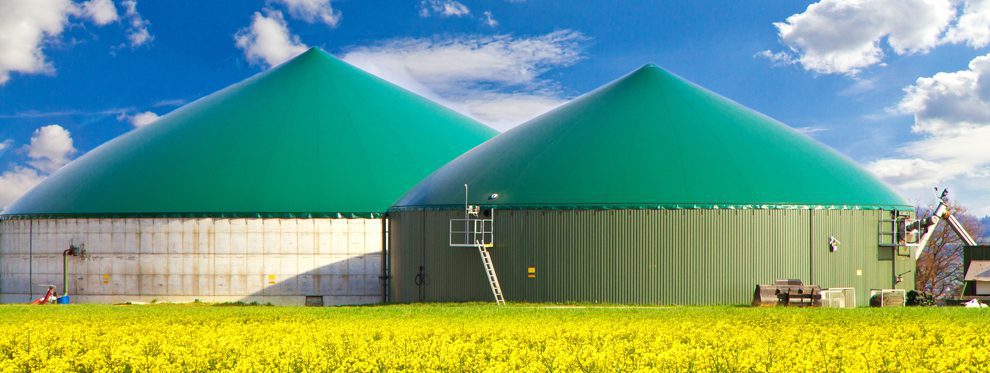
Myth-Busting Biogas: Common Misconceptions
October 1, 2021 Biogas
Biogas is one of the most promising forms of clean energy production in the battle against climate change, but it can be prone to some misconceptions.
We’re breaking down some of the common myths around biogas and why they are false.
Myth #1: Biogas is a new clean energy technology.
The process of using organic waste to produce energy is older than you might think. In fact, according to PennState Extension, anecdotal evidence suggests that biogas technology may have been used as far back as the 10th century BC in Assyria, where it may have been used to heat water.[1]
The first recorded evidence of the biogas process dates back to the 17th century, when Jan Baptita Van Helmont first determined that flammable gases could evolve from decaying organic matter. From there, the technology evolved to the creation of an anaerobic digestion plant (India, 1859) and fuelling street lamps in Victoria England (1895). And in 1939, the first digester to make use of municipal solid waste to create biogas was introduced in the United States.[2]
Biogas is far from a new technology, and it is becoming more mainstream across the globe. There are currently more than 9,000 biogas plants in Germany alone, processing manure, bio-waste, and energy crops.[3] In other European countries, industrial farms have facilities that produce many megawatts (MW) of electric power and heat for modern industry and homes. Denmark’s largest plant, called Lemvig, produces enough energy per year to cover the annual electricity consumption for 22,000 people. It also produces enough heat per year to cover the annual heat consumption of over 3,000 households.[4]
Canada is also home to a range of biogas facilities, numbering 269 in total. These include agricultural digesters, industrial digesters, wastewater treatment facilities, and landfill gas capture systems.[5]
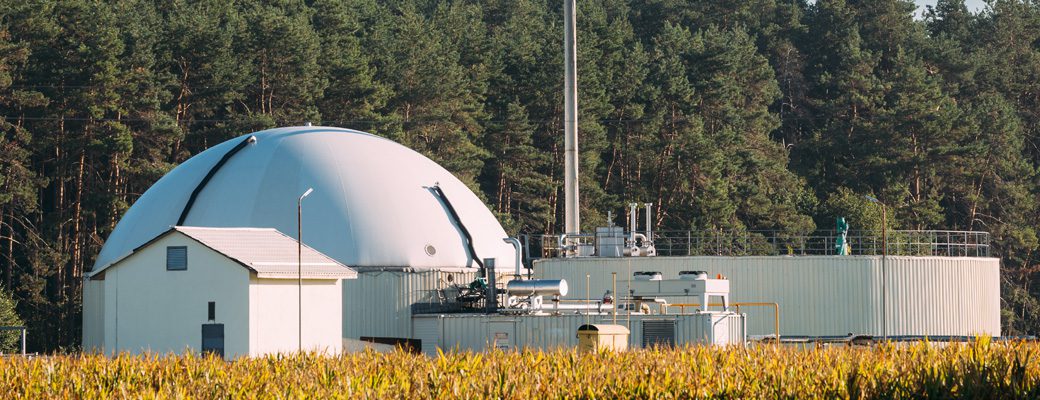
Myth #2: Biogas is complex.
The truth here is that biogas can be as simple or complex as you wish to make it. In its most simple format, the biogas process can be described as such:
- Humans, animals/livestock, and plants/crops produce organic waste.
- The organic waste matter is transferred into an oxygen-deprived environment (for example, a digester).
- The waste matter is fermented and produces a mixture of gases. These gases (biogas) can be used as an energy source.
- The gases can also be further refined to create Renewable Natural Gas (RNG) to use in natural gas pipelines.
- Apart from gases, the fermented waste matter also produces digestate as a by-product. This can be used for fertilizer.
* Click for a larger image
From here, the process’ complexities can be much more deeply explored. There are many interesting facts surrounding the science of biogas and RNG production in the following biogas articles by Skyline Energy:
- What happens inside a digester
- How biogas works with Combined Heat and Power (CHP) systems
- The difference between biogas and RNG
Myth #3: Biogas is “dirty energy.”
Biogas contains a large amount of methane. In the case of Renewable Natural Gas (RNG), which is essentially refined biogas, the methane content can be up to 99%. For this reason, biogas is often accused of being a “dirty” energy production method, which is untrue.
In fact, biogas digesters are designed to capture methane and release as little as possible when it is converted to biogas. For example, instead of letting landfill gas escape into the atmosphere, a biogas facility allows it to be captured and converted to energy. According to the Environmental and Energy Study Institute, stored biogas can limit the amount of methane released into the atmosphere.[6]
Another reason why biogas is in fact clean energy is because it reduces our dependence on fossil fuels for energy. The carbon found in fossil fuels has been stored for millions of years and is a finite resource. By contrast, the organic waste and inputs to make biogas have generally only been stored for a short time period and are “infinite” in the sense that they are an intrinsic part of biogas’ production-and-use cycle. Biogas produces digestate (fertilizer) as a by-product, which helps grow crops and feed the humans and animals whose waste is used in the digester, thus creating a positive “circular economy” of continual resource use.
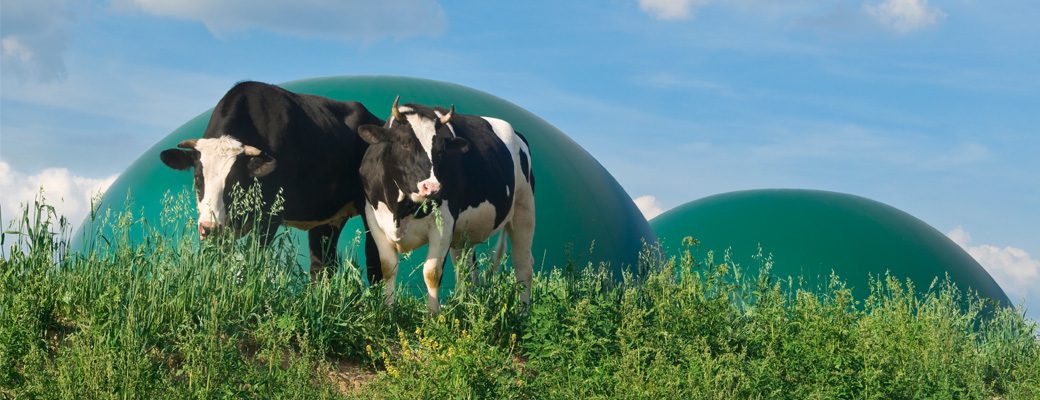
Myth #4: Biogas is not a viable answer to our waste problem.
According to Community Research Connections, Canadian landfills account for 20% of national methane emissions.[7] That’s one-fifth of the entire country’s total methane emission into the atmosphere! Looking at the province of Ontario alone, existing landfill capacity will be completely exhausted by the year 2032, as predicted by the Ontario Municipal Waste Association.<sup)[8]
Biogas can play an important role in dealing with solid and liquid wastes in two ways:
- It can allow municipalities to extend the life of landfills by diverting tonnes of organic waste to be converted to clean energy.
- For that waste that does end up in landfill, biogas can play a role in capturing harmful gas emissions and converting them to energy. As an example, in 2020, General Motors Canada began heating its entire St. Catharines, Ontario propulsion plant with thermal energy generated from gas captured at a nearby landfill.
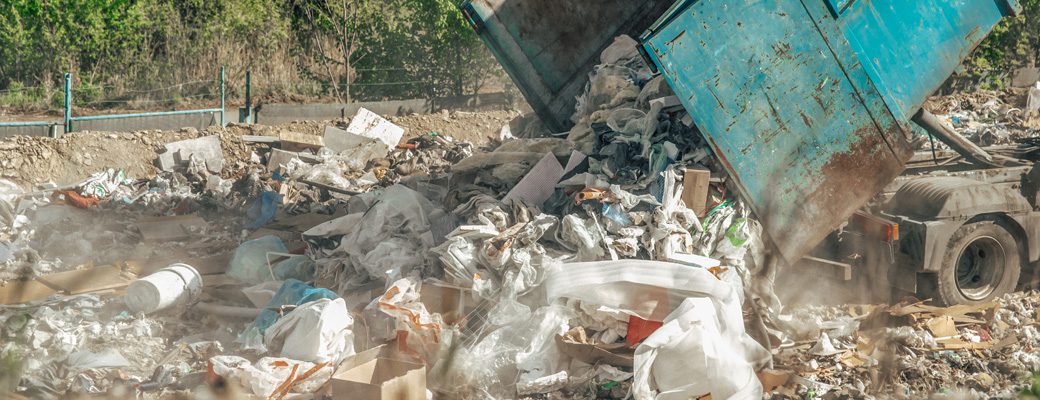
Myth #5: Biogas does not play a significant role in the fight against climate change.
In 2021, in addition to its initial $15 billion investment in climate change, the Canadian government introduced a $17.6 billion investment in projects to further reduce greenhouse gas emissions, including the further creation and adoption of clean energy infrastructure—including biogas facilities.
The Canadian Biogas Association’s 2020 Biogas Market Report claims that with the current number of biogas facilities in operation in the country, we are only tapping into about 13% of our easily accessible biogas potential—meaning Canada’s biogas output could potentially grow as much as eightfold.[9]
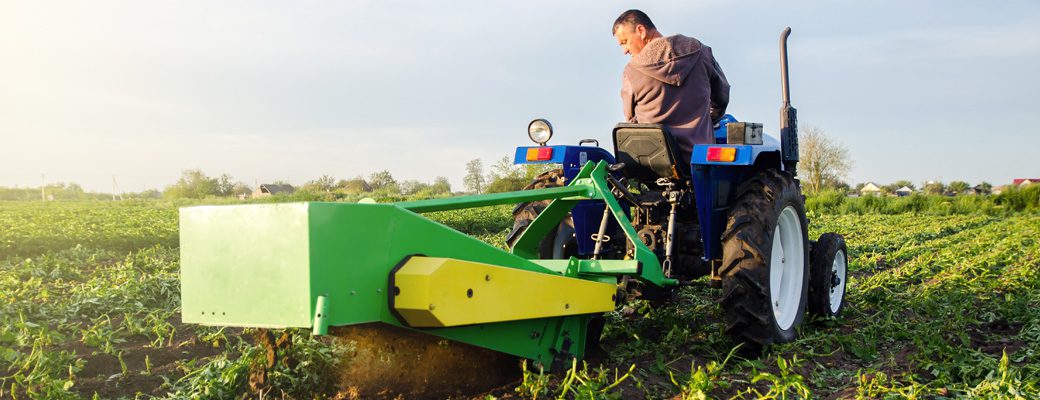
When it comes to the types of clean energy infrastructure that will help Canada reach its Net-Zero 2050 goal, biogas is certainly on the radar. In 2019, the Canadian government invested $2.7M in ZooShare Biogas Cooperative, helping to add new self-cleaning digester technology at a Toronto biogas plant receiving animal waste from the Toronto Zoo.
Additionally, the Canadian Biogas Association currently lists ten different funds and incentives for biogas developers, including those at federal, provincial, and territorial levels.
Biogas may only be in its infancy in terms of its establishment in Canada, but it has been in practice for many centuries, if not much longer. It is a promising technology whose process checks off multiple boxes in terms of emissions reduction and clean energy production.

Rob Stein
President, Skyline Energy
Rob is responsible for the operational and financial performance of Skyline Clean Energy Fund’s clean energy asset portfolio, including overseeing acquisitions, dispositions, financial budgets, implementing and monitoring capital expenditure projects, and monitoring the assets’ functionality. With extensive experience in evaluating, building, maintaining, and selling renewable energy assets, his well-rounded knowledge of the solar energy industry is an invaluable asset to the Skyline Energy team.
Skyline Energy manages clean energy assets for Skyline Clean Energy Fund, a sustainable investment offered as a private alternative investment product by Skyline Wealth Management.
1 “A Short History of Anaerobic Digestion.” PennState Extension, https://extension.psu.edu/a-short-history-of-anaerobic-digestion. Accessed 7 September 2021.
2 “A Short History of Anaerobic Digestion.” PennState Extension, https://extension.psu.edu/a-short-history-of-anaerobic-digestion. Accessed 7 September 2021.
3 Thrän, D., Schaubach, K., Majer, S. et al. “Governance of sustainability in the German biogas sector—adaptive management of the Renewable Energy Act between agriculture and the energy sector.” Energ Sustain Soc, https://doi.org/10.1186/s13705-019-0227-y. Accessed 7 September 2021.
4 “Lemvig Biogas.” TrackMyElectricity.com, https://www.trackmyelectricity.com/plants/lemvigbiogasdenmark/. Accessed 7 September 2021.
5 “Biogas Projects in Canada.” Canadian Biogas Association, https://biogasassociation.ca/about_biogas/projects_canada. Accessed 7 September 2021.
6 “Fact Sheet| Biogas: Converting Waste to Energy.” Environmental and Energy Study Institute, https://www.eesi.org/papers/view/fact-sheet-biogasconverting-waste-to-energy. Accessed 20 September 2021.
7 “Waste.” Community Research Connections, https://www.crcresearch.org/solutions-agenda/waste. Accessed 20 September 2021.
8 “Landfills.” Ontario Waste Management Association, https://www.owma.org/cpages/landfills. Accessed 20 September 2021.
9 “Canada’s 2020 Biogas Market Report.” Canadian Biogas Association, https://biogasassociation.ca/resources/canadian_2020_biogas_market_report. Accessed 20 September 2021.
About Skyline Clean Energy Fund
Skyline Clean Energy Fund (“SCEF”) is a privately owned and managed portfolio of medium to large scale clean energy assets, focused on acquiring income-producing assets across Canada, under long-term government contracts.
SCEF is offered as an alternative investment product through Skyline Wealth Management Inc. (“Skyline Wealth Management”), the exclusive Exempt Market Dealer (EMD) for SCEF.
SCEF is committed to surfacing value to its investors through asset monitoring and optimization, while providing a sustainable investment product based in clean, renewable energy.
To learn more about SCEF and its asset manager, Skyline Energy, please visit SkylineEnergy.ca.
To learn about additional alternative investment products offered through Skyline Wealth Management, please visit SkylineWealth.ca.
Skyline Clean Energy Fund is operated and managed by Skyline Group of Companies.
For media inquiries, please contact:
Cindy BeverlyVice President, Marketing & Communications
Skyline Group of Companies
5 Douglas Street, Suite 301
Guelph, Ontario N1H 2S8
cbeverly@skylinegrp.ca
More from this category:

Skyline Clean Energy Fund Announces Expansion to Lethbridge Biogas Facility
Skyline Clean Energy Fund (SCEF), a Guelph, Ontario-based equity growth fund investing in clean energy assets, has announced a $3+ million expansion to its anaerobic digestion facility in Lethbridge, Alberta. SCEF is installing a 40,000 tonne per year de-packaging line which will enable the facility to efficiently process residential source separated organics (SSO), including leaf [...]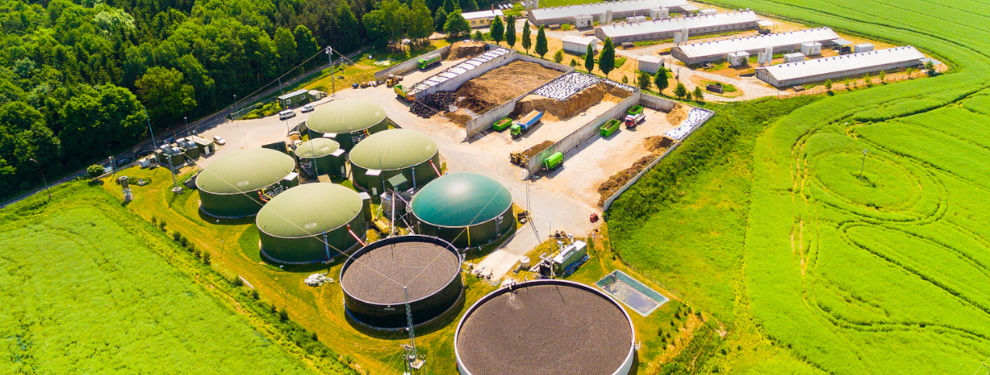
The history and technology of biogas: All About Biogas, Article #2
In the first article in this series, we looked at the biogas industry and the regulatory environment in a number of Canada’s provinces. We will now look more closely at biogas technologies themselves, to better understand the promise and the limitations of biogas and its use in generating electricity, heat, and renewable natural gas (RNG). [...]


